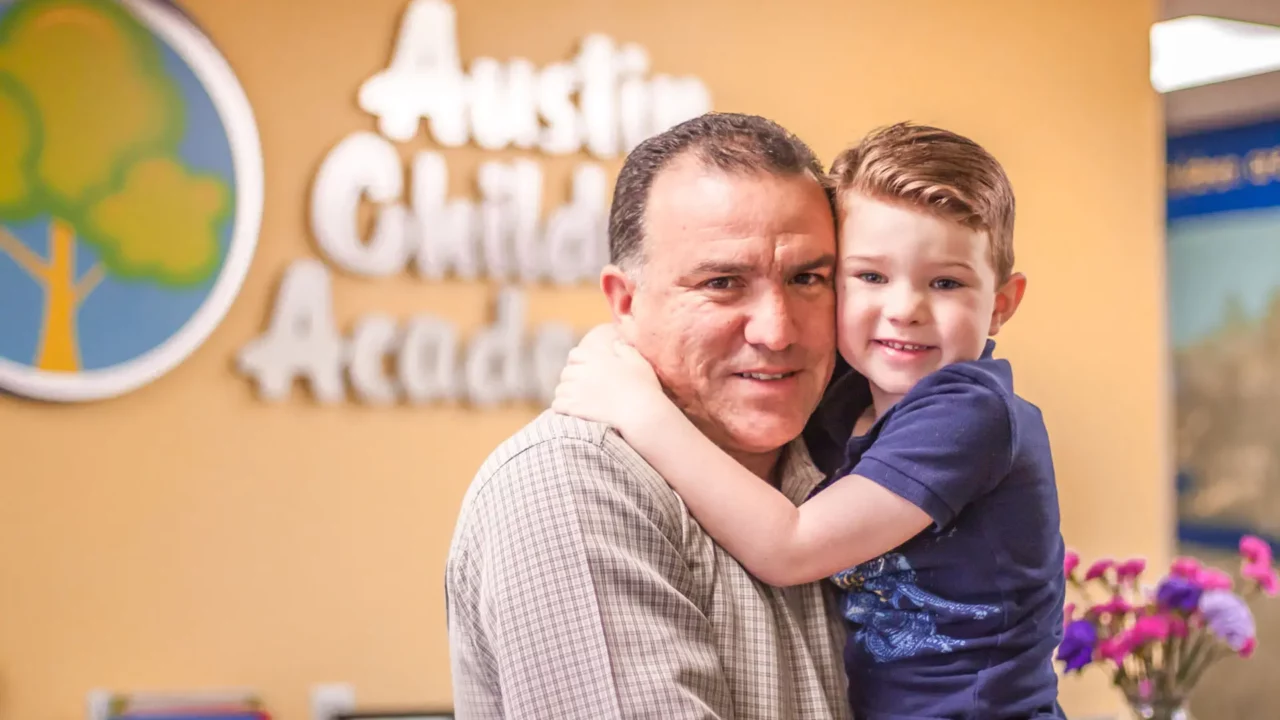
There will likely come an unwelcome moment when your child’s articulation of the word “Mommy” turns into “Mommeeeeeeeeeeeeeeeeeeeee,” often spoken while he’s contorting, clinging, going limp, or in complete prostration. Diagnosis? Your child has a full-blown case of whining.
Although there’s no quick way to eradicate the symptoms, patience and gentle discipline go a long way. The initial step is to figure out why he’s whining in the first place.
I Need Attention!
Parents are hard-wired to respond to an infant’s crying. This is how nature prompts you to take care of their needs. Whining is the next phase of that process. Children do it when they can no longer get attention by crying and their words fail. Whining grates on your nerves, raises your anxiety level, and thus is sure to seize your wandering attention.
When attention is the issue, you may be able to nip the problem in the bud by crouching to eye level when the whining begins. Give your child a few encouraging words or a hug to let them know you see them, love them, and will take care of whatever they need, even though it may not be right this second. Praise them for their patience and thank them for using their words.
I Feel Powerless!
Alas, growing up isn’t all butterflies and unicorns. There are so many things that a child can’t do. They can’t teleport themselves out of an uncomfortable situation like a doctor’s appointment. They can’t spend the whole day in their pajamas when school awaits. They can’t eat what they want whenever they want. Even as they get more physically adept, they are still bound by a bewildering and growing set of rules.
In this case, stopping the whining involves multiple steps:
- Show him that you understand his feelings by helping him identify them. I know you’re disappointed/upset/angry that you can’t go to the zoo today.
- Remind your child to use his words rather than whine.
- If he acquiesces, reward him for using his words by making accommodations for his request if possible.
- If his needs cannot be met in the moment, praise him for any effort he makes to articulate how he feels and what he wants without whining.
- If you cannot meet his needs, stay firm and be prepared to help him manage his raised level of frustration.
I Feel Overwhelmed!
Emotions are powerful, and young children are still learning how to identify and manage them. Whereas a hungry, tired two-year-old may throw a tantrum in the grocery store when he or she has had enough, an older child may whine instead.
If a bout of whining occurs, consider your child’s eating and sleeping cycles. Are you asking too much of her right now? Maybe all she needs is to be picked up, hugged, and offered a snack. Alternatively, is she overwhelmed by her powerlessness (see above)? Maybe what she needs is a little privacy so she can cry it out in your arms.
I Get What I Want!
Whining is a habit that is perpetuated by success. If you give in to whatever your child whines for, she’ll be encouraged to do it again when she wants something new. There may be tears and there may be tantrums, but if you can teach your child how to express his feelings and ask for what he wants, he will soon learn that calm negotiation and the effective use of words is a far more powerful method than whining.
That’s a lesson that will last a lifetime.






